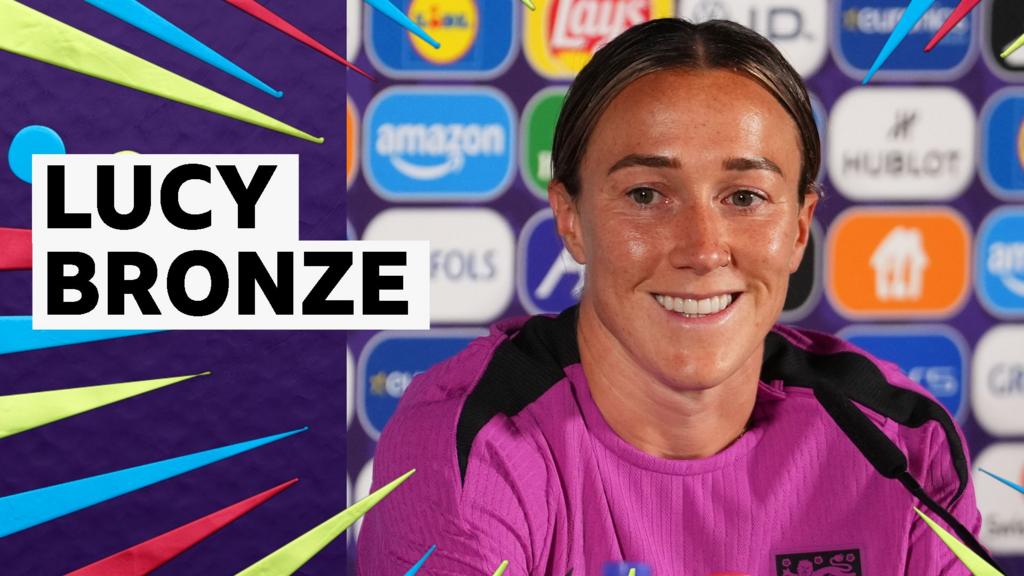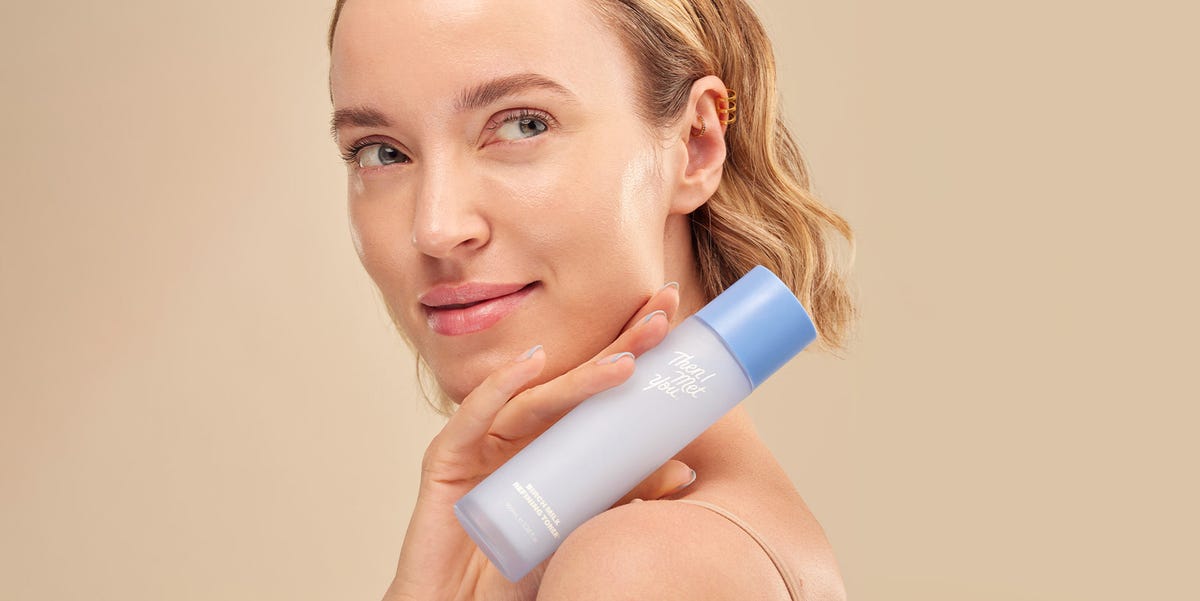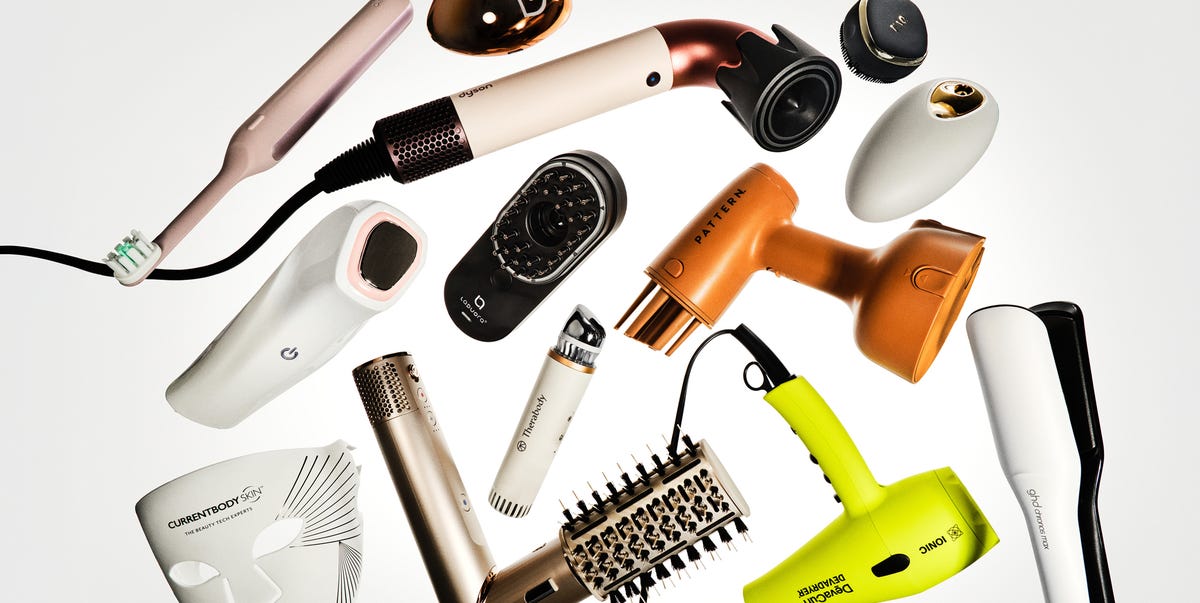Mint Chocolate Chip Ice Cream Isn’t Good If It Isn’t Bright Green
A hill I will die on is that mint chocolate chip ice cream doesn’t hit right when it’s not green. And by green, I don’t mean the sickly tinge of ice cream infused with mint leaves au naturel, whose relationship to color is like La Croix’s relationship to flavor (a whisper at best). I desire […]


A hill I will die on is that mint chocolate chip ice cream doesn’t hit right when it’s not green. And by green, I don’t mean the sickly tinge of ice cream infused with mint leaves au naturel, whose relationship to color is like La Croix’s relationship to flavor (a whisper at best). I desire the saturated green we’d otherwise associate with toothpaste or — maybe more appetizing — Martha Stewart’s jadeite collection.
Mint chocolate chip should be bright, vibrant, and somewhat fantastical. Remember being young and trying a food that you knew intellectually could not exist in nature, and were therefore fascinated by? The first time you relished a blue raspberry Jolly Rancher or sipped a Baja Blast? This was how you understood ingenuity and what allowed the story of Willy Wonka to take hold. Ice cream has the power to unlock that childlike pleasure. In the modern age of highbrow ice cream, I find myself more and more often returning to the ice cream I wanted as a kid, not a hoity-toity reinterpretation of the same memory.
Bad news for me, however: Earlier this week, a group of American ice cream makers voluntarily pledged to eliminate certified artificial colors from their ice creams by the end of 2027. The members agreeing to these terms are responsible for the vast majority of ice cream sold in the United States. This means goodbye Blue 1, which gives Friendly’s mint chocolate chip its signature hue (in addition to the annatto and turmeric), as well as Red 3, Green 3, Blue 2, Yellow 5, Yellow 6, and the much-maligned Red 40. Ice cream trucks will never be the same.
Real mint chipheads know that this cultural shift has been building for a while; it’s gotten harder to find properly vivid, artificially green mint ice cream as consumer tastes prioritize “natural” options. Of course, there is new motivation for the crackdown on dyes: Robert F. Kennedy Jr. has made eliminating synthetic dyes and other food additives a priority in his new role as Secretary of Health and Human Services. In response, major food producers like Kraft Heinz and Nestlé are now working to remove artificial dyes from their products within the next few years.
There is some hope for those of us who want ice cream that looks a little fake, however. The Food & Drug Administration is slowly approving new colors derived from natural sources for use in food, including, most recently, gardenia (genipin) blue.












































































































































































